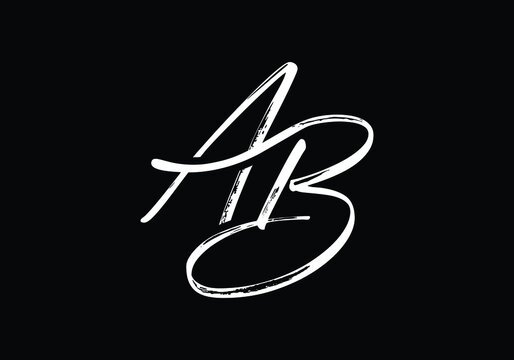Diagnostics Lessons from Industry Expert 001
Key Lessons: extracted from meeting notes
Decision-Making Inquiry: Engage with pharmaceutical companies or oncologists to understand who determines the choice of HRD tests (or test of choice) for patient stratification in clinical trials.
Regulatory Pathway Clarity: Determine the most efficient strategy for market access, considering the nuances between in-house testing, pathology lab test kits, and the implications of possible regulatory exemptions for preliminary studies performed in health institutions.
Clinical Trial Preparation: Ascertain the regulatory prerequisites for initiating clinical trials, focusing on the regulatory certifications, which at the onset may only need to cover the analytical performance of the IVD, not its clinical performance.
Transitioning from Prototype to Market: A robust system during prototyping is crucial to prevent failures during technical validation. Streamlining variables reduces costs and expedites the process.
Validation Strategy: Perform technical validation before clinical validation, ensuring thorough documentation. Differentiate the validation requirements for companion diagnostics, especially in oncology.
Commercialization Readiness: If creating a custom device as part of a bigger kit, consider CE marking it separately for easier technical validation and potential standalone commercialization.
Technical Validation Considerations: Aim to perform validation tests in an ISO 13485 accredited laboratory, ensure distinct positive/negative readouts, confirm primer specificity, and assess robustness across various conditions.
Manufacturing and Statistical Analysis: Test multiple batches and conduct release tests, involving a statistician to ensure sufficient sample power for confidence in the results.
Stability and Transport Testing: Validate the conditions under which samples can be transported without compromising the assay's effectiveness.
Software Regulation: Ensure the software component of the assay, including code practices, complies with regulatory standards.
Seeking Expertise: Leverage consultations with diagnostic labs and industry-specific consultants, like Almac, to refine the venture strategy and prepare for technical validation.
Grant Funding Strategy: Consider applying for Innovate UK grants during the final stages of prototyping and validation, budgeting for consultancy and validation study costs.
ChatGPT’s witty reflection on my raw meeting notes:
Navigating the labyrinthine world of diagnostics, I found myself at the crossroads of innovation and regulation—a place where every decision feels like choosing between the red and blue wire in a bomb defusal scene. In the realm of clinical trials, it turns out the pharmaceutical world's 'who's who' for selecting HRD tests is more tightly guarded than the recipe for grandma's secret sauce.
Industry Expert 001 (name anonymized for that secret-agent vibe) gave us the regulatory roadmap that had more twists and turns than a daytime soap opera. The key to faster market access? It's like choosing between an in-house band or a pathology lab's greatest hits kit—each with its own set of fanatical fans and regulatory groupies.
The regulatory discovery felt like speed dating with compliance codes—flirting with the UKCA, giving a wink to the CE, and batting eyelashes at the CE UKNI, all while only needing to showcase our analytical charm, not our full clinical performance—yet.
Transitioning from prototype to market is like teaching a toddler to run a marathon—start with a robust stroll and minimize those temper tantrums (aka technical variables). And when it comes to manufacturing, think of it as a bake-off where every batch is scrutinized by a panel of Gordon Ramsays—it's gotta be perfect.
Seeking expertise? We're on a first-name basis with diagnostic labs and contemplating a coffee date with Almac. But first, let's get a CDA—because no one wants their secret blend of herbs and spices tweeted out.
And as for grants, well, it's like playing the lottery, but instead of a lucky dip, it's all about aligning those ducks in a row, from technical validation all the way to the clinical stage. It's a game of strategic investment, with a little bit of who you know and a dash of bureaucratic charm.
In short, it's a dance between the cutting-edge of technology and the red tape of regulation, where one misstep could mean stepping on the toes of compliance—or worse, tripping into a pit of funding faux pas. But with a bit of luck and a lot of paperwork, we might just waltz our way through to innovation stardom.
Disclaimers:
* My personal notes should be largely correct, though I'm only human!
** Beware, ChatGPT fabricates quotes.. clearly not human.
Join the dialogue—reflect, share your tales from the trenches, and by all means correct me if you spot any erroneous information.

